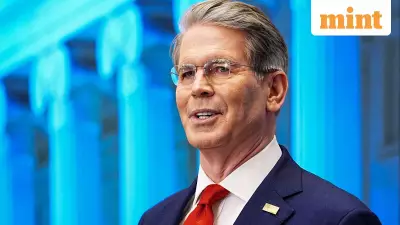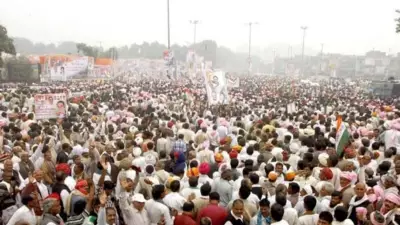
In a significant move to tackle Delhi's persistent air pollution crisis, a high-level committee descended upon Anand Vihar on Wednesday for a comprehensive ground inspection of one of the capital's most notorious pollution hotspots.
The surprise visit, led by senior officials from the Central Pollution Control Board (CPCB) and Delhi Pollution Control Committee (DPCC), aimed to assess the ground reality of pollution sources that have consistently placed Anand Vibar among Delhi's most polluted locations.
On-the-Ground Assessment
During the intensive inspection, committee members meticulously examined multiple pollution contributors in the area, including:
- Heavy vehicular traffic congestion points
- Construction and demolition activities
- Road dust accumulation zones
- Industrial and commercial emissions
- Waste management practices
Immediate Action Plan
The committee has formulated a stringent action plan targeting the specific pollution sources identified during the inspection. Strict enforcement measures will be implemented against violators, particularly focusing on dust control at construction sites and regulating traffic flow in the congested area.
Officials emphasized that regular monitoring and follow-up inspections will ensure compliance with environmental norms. The committee has directed local authorities to maintain constant vigilance and take prompt action against any activities contributing to the deteriorating air quality.
Anand Vihar's Pollution Legacy
Anand Vihar has consistently ranked among Delhi's worst-performing areas in air quality indexes, frequently recording hazardous pollution levels that far exceed national safety standards. The area's proximity to major transportation hubs, industrial activities, and high population density has made it a persistent challenge for environmental authorities.
This high-level intervention signals the government's renewed commitment to addressing Delhi's air pollution emergency through targeted, location-specific strategies rather than blanket approaches.





